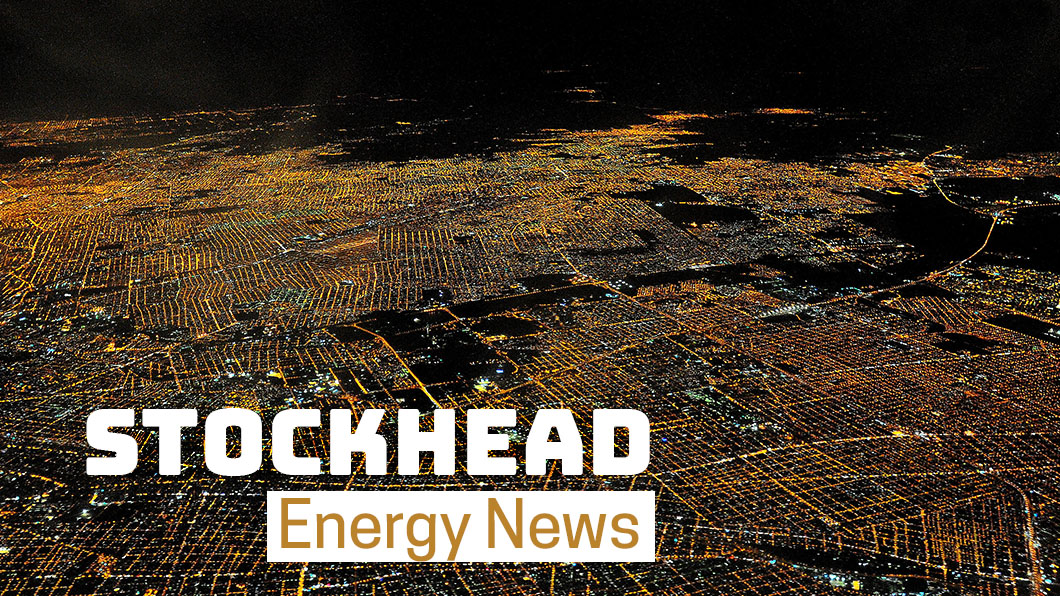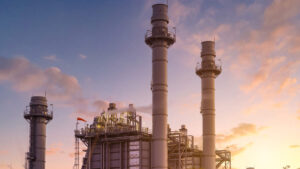Got Gas? More bricks than bouquets for South Australia’s energy deal

Pic: Matthias Kulka / The Image Bank via Getty Images
This week has seen the Australian federal government reaching a $1.08bn energy deal with South Australia that is focused primarily on the state producing an additional 50 petajoules of gas per annum by the end of 2023.
It is clear that this gas goal, which includes a stretch target of 80PJ per annum by 2030, is aimed squarely at supporting the government’s much derided gas-led recovery plans.
Not that it is hiding this. Energy Minister Angus Taylor has outright announced that the focus on gas would help South Australia meet its own gas needs and prevent expected shortfalls in the broader east coast market as part of the gas-fired recovery.
Predictably, the Climate Council came out swinging, saying the “unrealistic and unnecessary” targets undermined an otherwise promising deal.
So just how far can the production of 50PJ of gas per annum under the energy deal go towards alleviating the expected shortfall and how realistic is the target in the first place?
The answer to the first question is quite significantly actually given that the Australian Competition & Consumer Commission has forecast a shortfall of as much as 30PJ by 2024 in the southern states while the broader east coast market faces the risk of a shortfall in 2026.
As for the second, 50PJ (47 billion cubic feet) is about half of the 82.61Bcf of sales that was produced from the South Australian Cooper Basin in 2019-20.
This represents a substantial increase, made all the more worse by the ACCC’s shortfall forecast, which implies that far more work than already committed will be needed to meet that target.
It is not impossible, but that’s a lot of gas that needs to be found and developed.
Clean energy deal
The other component of the energy deal is centred around the provision of $400m in federal funding in priority areas such as carbon capture and storage, electric vehicles, hydrogen and other emissions reduction projects.
While this investment is ostensibly aimed at helping Australia meet emissions reduction targets, two of the named methods of doing so bring issues of their own.
Carbon capture and storage has been bandied about by Taylor as critical for Australia to achieve net zero emissions.
However, this has been questioned by various climate groups who have pointed out that CCS is costly and energy intensive .
These groups may have their own agendas, but CCS has so far only really worked when there’s heavy subsidies or is used in enhanced oil recovery, so they may have a point. And no, the Gorgon CCS isn’t a good example either, given that it still isn’t working as planned.
The other is hydrogen.
Surprising, right? It all comes from the Government allocating $275.5m in its May budget towards developing four more hydrogen production hubs in regional areas.
While it is unclear if this funding is associated with the South Australian energy deal, it is the Government describing the plants as clean rather than green that is somewhat misleading.
Hydrogen production is typically described as green if produced entirely using renewable energy, blue if produced with CCS, grey from natural gas and black or brown if produced using coal.
Calling it ‘clean’ opens up any of the other methods other than green to be used, so long as emissions are captured.
Now this might simply not be the case in South Australia, which is the leading state in terms of renewable energy use (59 per cent of its total energy mix) but it is worth mentioning nonetheless.
Related Topics

UNLOCK INSIGHTS
Discover the untold stories of emerging ASX stocks.
Daily news and expert analysis, it's free to subscribe.
By proceeding, you confirm you understand that we handle personal information in accordance with our Privacy Policy.








